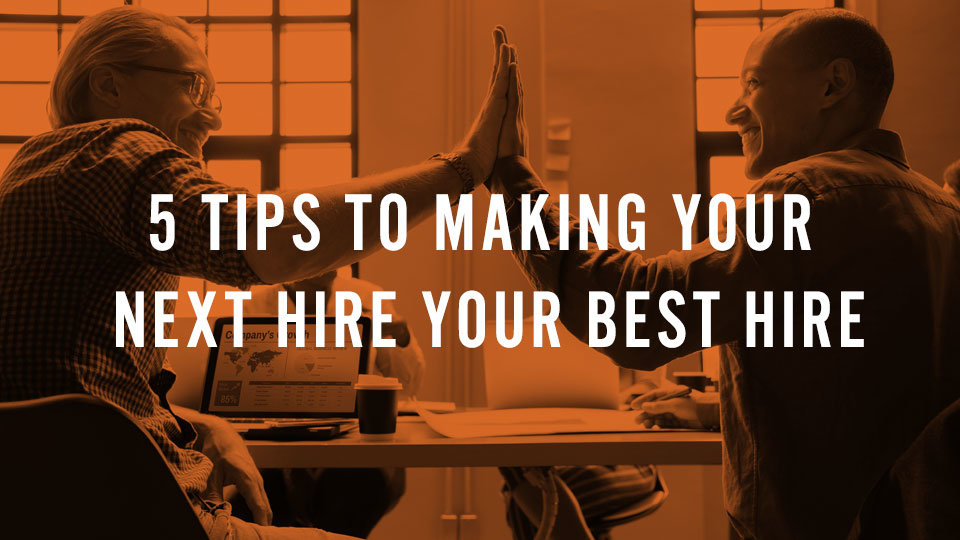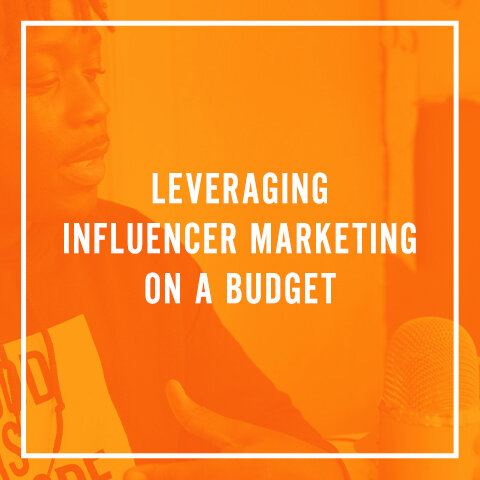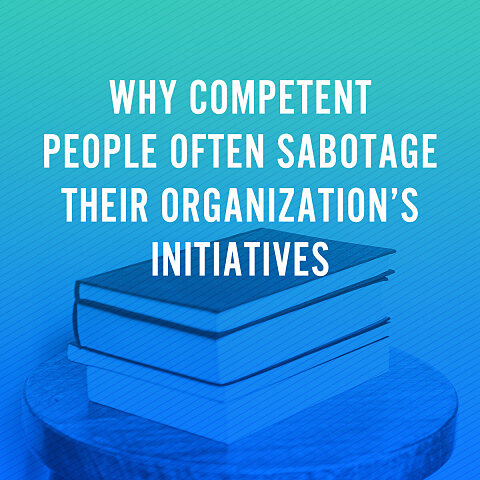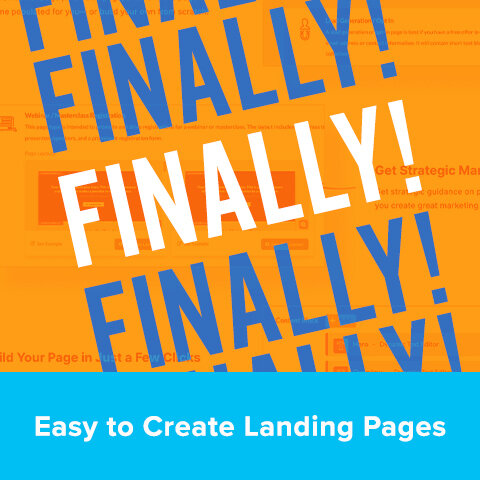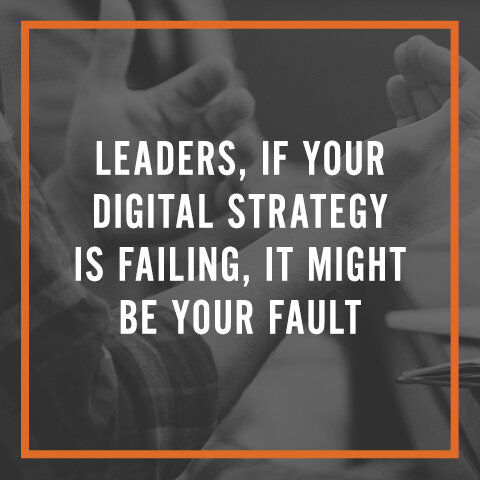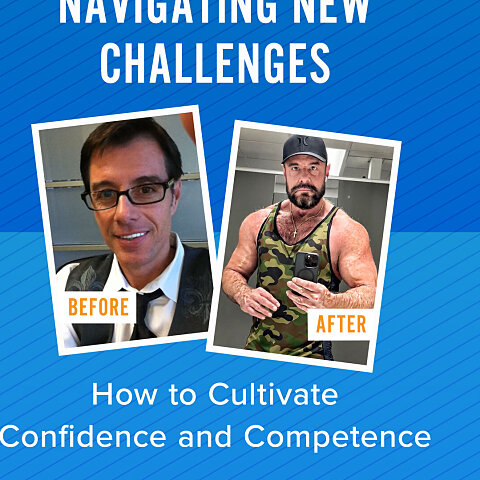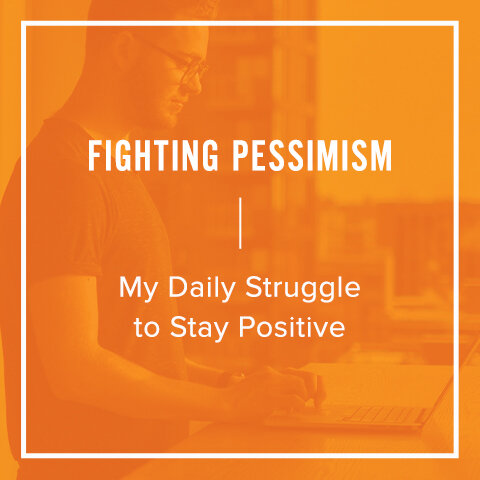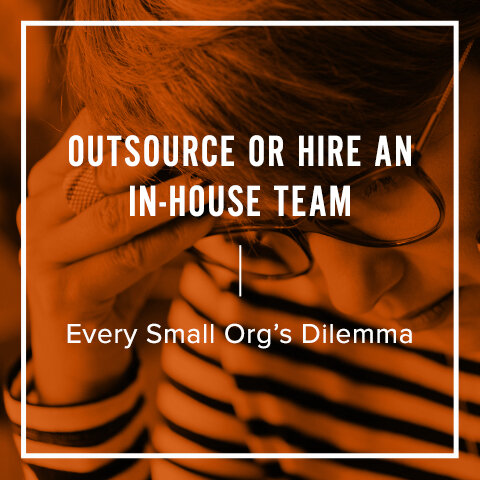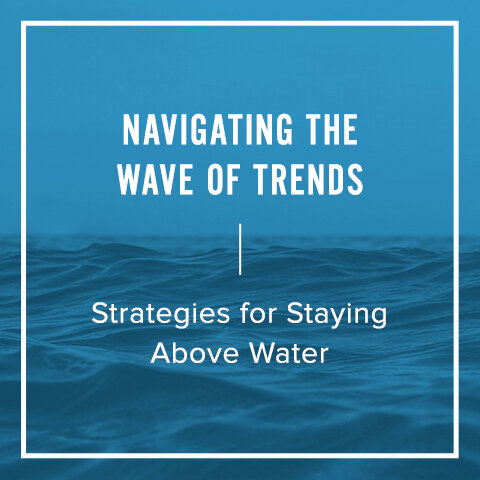5 Tips to Making Your Next Hire Your Best Hire
By Pete Wilson
If you’re a growing nonprofit or ministry, it’s inevitable that you’ll be expanding your team. In fast-growing seasons, it feels like you’re constantly trying to fill an empty chair. But if you hire the wrong person, it can be an extremely expensive, and at times a devastating move for your organization. So with that in mind, here are a few tips we were recently reminded of as we were interviewing to expand our own team:
1. Ask the interviewee’s reference for a reference.
If you’ve been involved in the interviewing process before, you know that most candidates list references who will give them a glowing review (and you can’t blame them). For that reason, it can easily feel like a waste of time to even call.
Our solution? Ask their reference for a reference.
Engage and thank them for the insight they gave you, but then ask something like, “Is there anyone else you know who has worked with X Person and might be able to give me some more helpful insight to ensure they’re a good fit with our team?”
It’s the reference received from the original reference who can often give you a more accurate idea of what it’s like to work with the candidate you’re interviewing.
2. Hire slow. Fire fast.
Most nonprofits and ministries get this one backwards. We tend to hire fast, and fire painfully slow. When you’re growing and you desperately need a new person on the team to take on a new initiative or even to spread out the current workload, we start to actually believe that any warm body on the team is better than none. And that’s simply not true. Some of the worst hiring mistakes I’ve ever made happened when I was in a rush or desperate, and I overlooked some key red flags in the process.
Do your due diligence in the hiring process, and the long-term win with your team will far outweigh the overload they feel in the short-term.
3. Don’t forget culture.
"Great vision without great people is irrelevant" - Jim Collins
When hiring, people often talk about evaluating the “3 C’s:” competence, character and chemistry. Out of these three, I believe that chemistry is the one that often gets overlooked. And yet, when I think back to the majority of people I’ve had to let go of over the years, it was rarely a character or competency issue. The majority of the time it was a chemistry issue. They just weren’t a good fit with our team or with our culture.
This is why i believe having your culture well-defined is so important. It will help you quickly eliminate people in the hiring process who just won’t fit well long-term, or ultimately won't be the best partners and champions of your cause.
4. Find a new source for candidates.
Your next best hire may not come from your standard job boards. When most employers have a role to fill, they immediately reach out to a search firm or all the known job listings to post their open position.
And while you can find some great hires this way, I don’t think it’s where you’ll always find your best and most qualified job leads. In fact, in a recent survey conducted by Talentnow, they discovered,
“86% of the most qualified candidates for your open positions are already employed and not actively seeking a new job.”
Which means the person who may be the perfect new addition is not cruising LinkedIn, or visiting the job boards to see your listing. So, where do you find these unicorns (AKA magical beings who have all the desired qualifications and fit your culture)?
Try starting with your current employees. Ask them if they have any friends or someone they’ve worked with in the past who might be a great fit for the job. They will have a much better grasp on the person’s chemistry and competency to know how they behave and work outside of an interview. You might be surprised how many qualified leads you can generate by trusting your current team members to become recruiters for you.
5. Try a job audition.
I’ve sat through dozens and dozens of job interviews over the years, and many of them were a total waste of time. The questions were predictable and not great at getting to the information that would help inform a smart hire. It’s one thing for a candidate to tell you everything you wanted to hear in an interview, but it’s another thing to see if they can actually perform in the way you need them to perform.
Find a unique way to turn an interview (usually the second or third interview) into an audition.
We were recently hiring a new graphic designer, here at The A Group, and had narrowed it down to a few people we were really interested in. In our final stage of interviews, I thought our CEO, Maurilio Amorim, had a great idea. He created a fake company with a brief description of what it was and what it did. We completed a creative brief (as we always ask our clients to do before creative projects), and asked the final candidates to design a logo and branding package given what was provided to them.
We had them come in and present it all to us, thus getting a great look at how quick they work, what the quality of their work was like, and gauge their presentation skills. This gave us much more insight than a traditional interview ever would have.
I’m learning that hiring the right people is probably more of an art than it is a science, and nobody gets it perfect every time. But I also believe more than ever before that it’s worth every minute you can put toward making your hiring process more effective. According to the U.S. Department of Labor, the price of a bad hire is at least 30% of the employee's first-year earnings. And for a small nonprofit or ministry an investment in the wrong person could actually be a threat to the mission.
Hire smart, friends.
